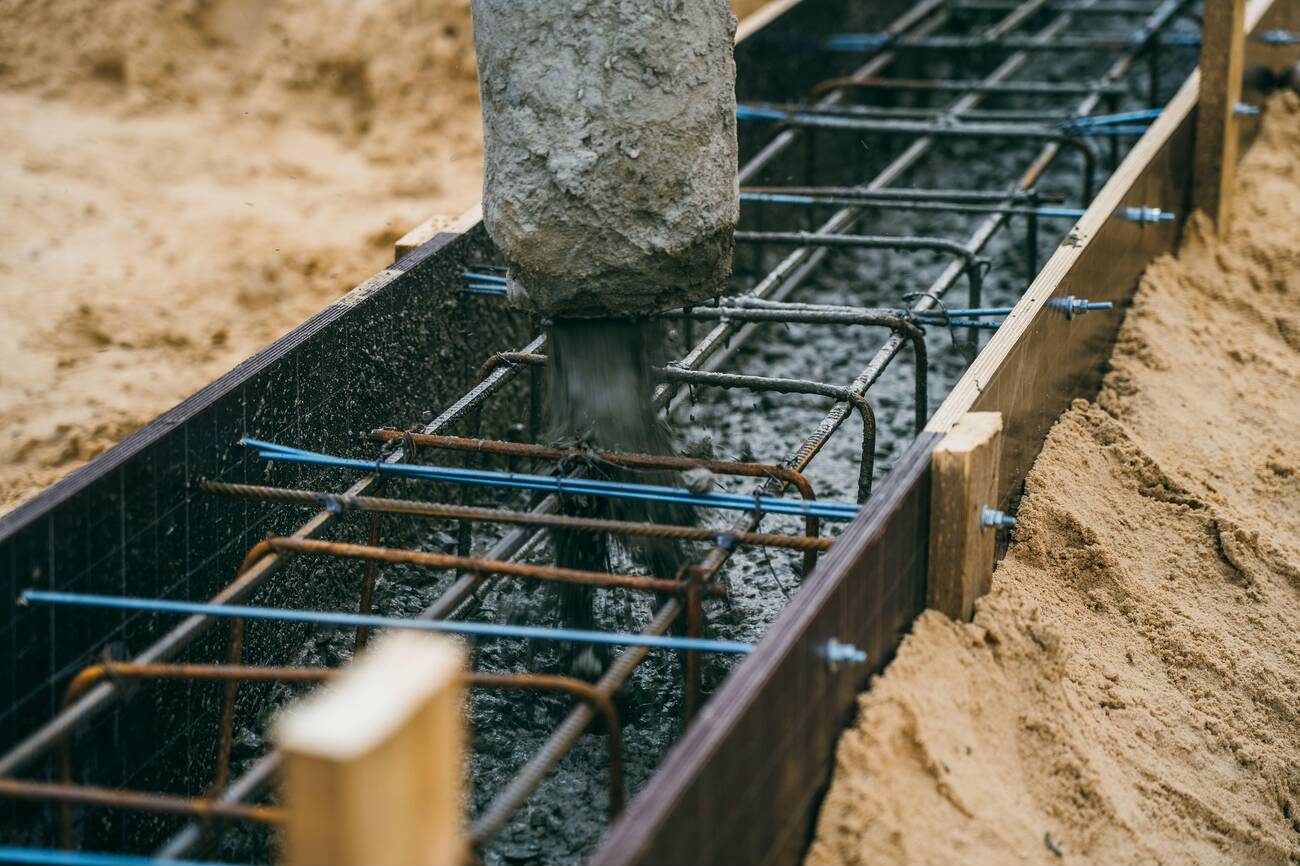Welcome to this comprehensive guide aimed at demystifying the complex world of industrial and residential concreting for homeowners, project managers, and construction enthusiasts alike. From experienced concreters to budding DIY enthusiasts or even those simply intrigued by the construction process, this article aims to shed light on the functions, materials, processes, and people involved in concreting.
Our objective in penning this guide is not only to demystify the different types of concreting but also to provide actionable insights when considering a concreting project. So, whether you’re embarking on a new industrial project or considering a residential DIY, it’s essential to gain a fundamental understanding of the elements and aspects that influence the overall success of the concreting project.
Understanding the Basics of Industrial and Residential Concreting
At the core, concreting serves to create robust and enduring structures. Industrial concreting, necessitating extreme strength and resilience, is used in heavy-duty areas such as car parks, loading zones, and warehouses. From massive bridges to skyscrapers, industrial concrete is integral to modern infrastructure.
Conversely, residential concreting is used in home construction and renovation projects. This could encompass creating driveways, patios, or even laying the foundation of the house. While strength is vital, aesthetic appeal also gains prominence in residential scenarios.
The choice of concreting method has a distinctive impact on the structure. For instance, industrial concrete involves high strength cement and aggregates to withstand industrial wear and tear, while residential concrete often includes decorative elements and colours for beautification.
Materials Involved
Industrial concreting involves the use of strong, dense materials like high strength cement, coarse aggregates, and chemical admixtures that can endure heavy loads and traffic. Durability against mechanical stress and environmental conditions is a priority when selecting materials for an industrial project.
On the other hand, residential concreting uses standard strength cement, fine aggregates, and sometimes, decorative elements. Here, the goal is to create a balance between strength, safety, and aesthetics. Nonetheless, the material plays a significant role in the longevity and functionality of the final structure.
Distinct Differences
While the materials reveal some differences, the method of execution also differs between industrial and residential concreting. Take maintenance, for example; industrial surfaces often require higher frequency maintenance due to constant heavy-duty use. Conversely, residential concrete, while being used less intensively, also needs regular upkeep to retain visual appeal over time.
The difference also seeps into longevity. Industrial concrete may start showing signs of wear quicker due to heavy usage, while residential concrete might last longer but may lose its sheen and lustre over time.

Role of The Concreter
The role of the concreter varies substantially between industrial and residential settings. In an industrial project, the concreter needs to be proficient in handling high-performing machinery, applying concrete efficiently under different weather conditions, and ensuring the concrete meets the required strength and durability.
In a residential setting, in addition to technical skills, the concreter also needs to understand aesthetics. Their work is not merely functional but also forms part of the home’s visual appeal. Therefore, hiring a skilled professional proficient in both arenas is vital.
Costs and Budgeting for Your Project
The cost of concreting can vary considerably based on the project’s size and scope, the materials used, and labour costs. Typically, industrial concreting projects incur higher costs due to the usage of stronger materials and expert labour. Residential concreting, although cheaper in comparison, can get pricey depending on the decorative elements and the complexity of the project.
Planning and Implementing your Concreting Project
A successful concreting project commences with prudent planning, involving researching materials, budgeting, and finding a skilled concretes. Whether you’re laying the foundation for an industrial warehouse or a driveway for your home, adhering to construction procedures and timelines is crucial. After meticulous planning, it’s all about execution – setting the framework, mixing the concrete, pouring, and lastly, giving it time to cure.
Conclusion
Whether your concreting project is industrial or residential, understanding its intricacies is paramount. Priorities durability and strength for industrial setups, and aim for aesthetically pleasing outcomes in residential scenarios, all while ensuring a balance between quality and cost.

